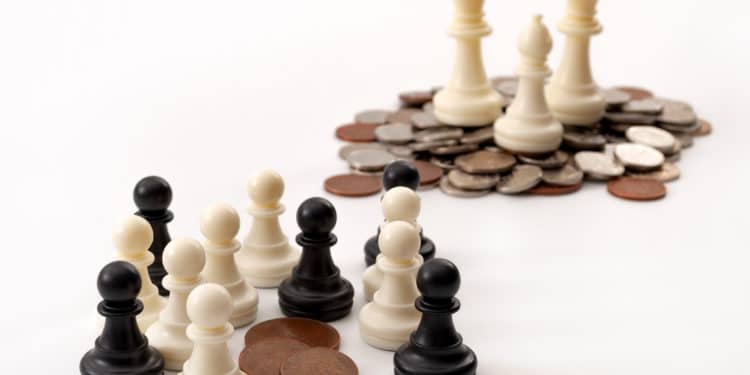
Robinhood Securities LLC has lived up to its namesake’s reputation, as a small army of retail investors seek to profit at the expense of some very large short-selling hedge funds. The GameStop short squeeze took at least one hedge fund to the brink of insolvency and has brought the opaque activities of short selling and stock lending to the attention of the world beyond Wall Street. Robinhood has just completed a $2.4bn fundraising.
One major additional challenge is the lack of information on solvency risk due to patchy credit rating agency (CRA) coverage in this area. However, consensus credit risk data draws on multiple well-informed sources to provide wide coverage and much-needed context for this rapidly developing situation. It can help by comprehensively monitoring counterpart risk and informing and helping to manage client communications.
The main players are Retail Brokers (including Robinhood), Prime Brokers who facilitate covered short selling by hedge funds, Agent Lenders who make covering stock available to borrow, and their Beneficial Owner clients – especially large pension funds – who are the ultimate owners of those stocks. This complex ecosystem results in a network of connections between often unrated counterparts.
For Beneficial Owners, counterpart risk can be mitigated by indemnities offered by their agents. But these are only as strong as the firm offering them. Prime Brokers protect themselves by taking collateral from hedge funds which, when eligible, is posted with Agents. Some retail brokers may be lending retail investors cash on margin to purchase stocks, and also lending stocks to cover short positions to their prime broker clients to enhance returns.
So how do the main players look from a credit perspective? Figure 1 shows the credit distributions for some of the largest and most influential firms or funds in each of these four groups [please continue below to access full report].
